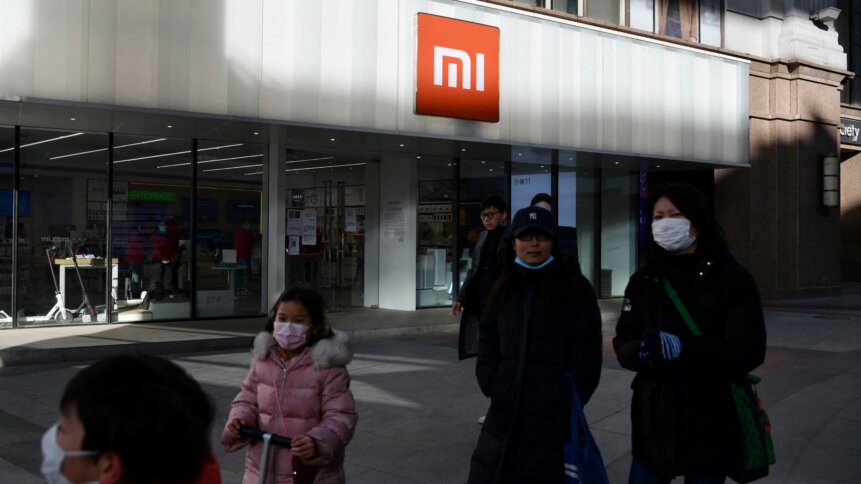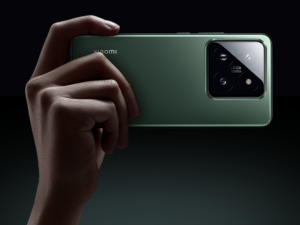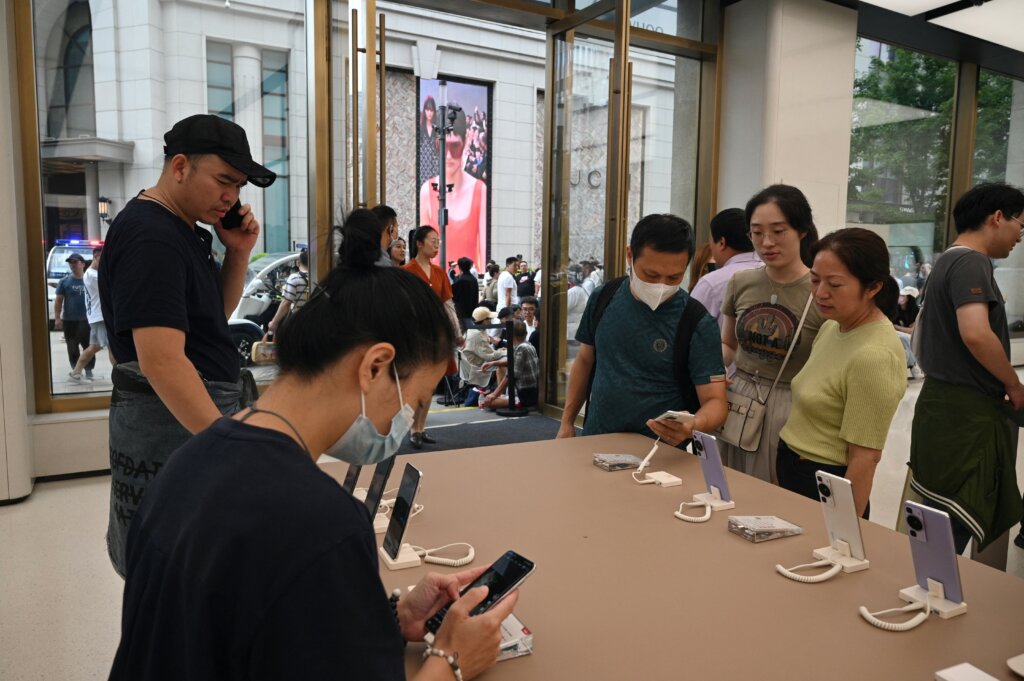Xiaomi joins Huawei in reigniting the smartphone market in China

- The newly released Xiaomi Mi 14 series might help turn around a moribund smartphone market in China.
- Xiaomi and Huawei have seen impressive results in China during Q3.
- Xiaomi is the first smartphone on the market to use Qualcomm’s new Snapdragon 8 Gen 3 chipset.
Since the resurgence of Huawei following the launch of its Mate 60 series in late August, the smartphone market in China has taken an exciting turn. Local players have been recording better numbers, albeit at a slower rate. Xiaomi, which launched its Mi 14 series in October, has also been selling its latest smartphones like hotcakes, signaling the end of a prolonged downturn in the smartphone market in China.
Like Huawei’s 5G-enabled Mate 60 series, Xiaomi has undeniably struck gold with the Xiaomi 14 and Xiaomi 14 Pro, especially within the Chinese market, where consumers seem genuinely excited, swiftly making their purchases. Xiaomi has acknowledged the success on its Weibo page. According to its report, the Snapdragon 8 Gen 3 flagship sales soared six times higher within the first 5 minutes compared to the launch of the Xiaomi 13 a year ago. The demand was so overwhelming that some servers experienced initial disruptions due to the sheer rush of buyers.

Built upon Xiaomi 14, Xiaomi 14 Pro comes with enhanced technologies and innovative experience. Photo: Xiaomi
To recap, the smartphone market in China, the world’s largest, has been experiencing an extended period of decline. The industry, struggling alongside a sputtering economy, has seen shipments shrinking every quarter since the start of 2022, with even local brands like Huawei, Xiaomi, Honor, Oppo, and others recording severe drops in sales.
But numbers from the recently concluded third quarter suggest that the smartphone market in China may be nearing a bottoming-out phase. Internation Data Corporation (IDC) anticipates a positive year-on-year (YoY) sales growth in China for the final quarter of this year, signaling a noteworthy reversal after ten consecutive quarters of decline.
As IDC’s analyst Guo Tianxiang wrote recently, “The market could bounce back in the fourth quarter when Apple and its rivals typically release their latest devices.” His assessment seems correct. For a start, the smartphone market in China has been showing signs of a revival on the back of brisk demand for Huawei Technologies’ new 5G smartphone and Apple’s recently launched iPhone 15 series.
A significant 15% year-on-year (YoY) growth in smartphone sales was achieved during the “golden week” holiday, from September 29 to October 6, celebrating China’s National Day, according to a research note last month by TF International Securities analyst Kuo Ming-chi. “The slump in the Chinese smartphone market will be over soon, with expectations of renewed growth,” Kuo wrote.
Echoing Tianxiang, Kuo indicated that handset shipments in China will see growth resume in the fourth quarter of this year. For context, in the first six weeks of the Mate 60 Pro release, Huawei sold 1.6 million units, Counterpoint Research said. Meanwhile, Honor, a brand also once prominent in the market, has regained the top position in the recent third quarter, securing an 18.3% market share, according to Counterpoint.

People look at mobile phones in Huawei’s flagship store in Shanghai on September 25, 2023, after queuing up for hours hoping to be able to buy the tech giant’s latest Mate 60 Pro mobile phone. (Photo by REBECCA BAILEY / AFP)
Honor also achieved a 3% YoY sales growth, and its ascent is attributed to the successful launches of the Honor 90 and Honor X50 models. Additionally, Honor’s foldable models, particularly the Honor Magic V2, have performed exceptionally well, ranking first among all foldable models in Q3 2023 in China. In short, China’s smartphone market dynamics are evolving, and Q3 reports alone were enough to offer intriguing revelations.
That also means that the race to dominate in shipped units is getting more fierce in Mainland China. This week, the founder and CEO of Xiaomi, Lei Jun, posted on Weibo that the company has sold more than one million units of its latest Xiaomi 14 in less than two weeks.
With back-to-back news of local Chinese smartphones setting new records, it could only mean one thing: the competition is intensifying in the domestic market, and recent Apple and Huawei releases were not an isolated scenario. “It is true that [Xiaomi 14 sales] have surpassed 1 million units, but the shortage in stock remains severe,” Lei posted on Weibo on Tuesday, responding to another user’s question.
The Xiaomi 14, Xiaomi’s latest flagship smartphone, was introduced in China on October 26, following Huawei’s resurgence with its Mate 60 series in late August and the launch of the iPhone 15 in September. Xiaomi’s latest handset represents a departure from the brand’s previous focus on budget-friendly handsets. Notably, it is the first smartphone powered by Qualcomm’s new Snapdragon 8 Gen 3 chipset and features Xiaomi’s new Android-based operating system, HyperOS.
An impending “structural change”?
Although the iPhone 15 was launched in the usual month in which Apple annually releases its new products, this year’s sales have been different for the US tech giant in China. Kuo wrote on his X account that “the iPhone shipment decline in China is higher than expected.” Alongside Oppo and Vivo in China, Apple also experienced double-digit decreases in sales, based on Counterpoint’s data.
Considering that, Kuo believes China’s smartphone market will face “a structural change” with Huawei’s return and declining iPhone demand, which he predicts will continue until 2024. He based his forecast on Apple’s projections of its 4Q23 revenue, which is anticipated to be similar to 4Q22, “suggesting that Apple’s 4Q23 momentum is weaker than expected, primarily due to a decline in iPhone demand in the Chinese market,” Kuo added.










